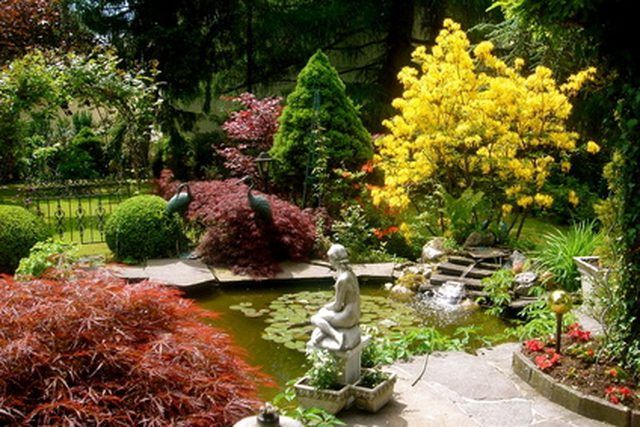Bulbs
Flower Basics
Flower Beds & Specialty Gardens
Flower Garden
Garden Furniture
Garden Gnomes
Garden Seeds
Garden Sheds
Garden Statues
Garden Tools & Supplies
Gardening Basics
Green & Organic
Groundcovers & Vines
Growing Annuals
Growing Basil
Growing Beans
Growing Berries
Growing Blueberries
Growing Cactus
Growing Corn
Growing Cotton
Growing Edibles
Growing Flowers
Growing Garlic
Growing Grapes
Growing Grass
Growing Herbs
Growing Jasmine
Growing Mint
Growing Mushrooms
Orchids
Growing Peanuts
Growing Perennials
Growing Plants
Growing Rosemary
Growing Roses
Growing Strawberries
Growing Sunflowers
Growing Thyme
Growing Tomatoes
Growing Tulips
Growing Vegetables
Herb Basics
Herb Garden
Indoor Growing
Landscaping Basics
Landscaping Patios
Landscaping Plants
Landscaping Shrubs
Landscaping Trees
Landscaping Walks & Pathways
Lawn Basics
Lawn Maintenance
Lawn Mowers
Lawn Ornaments
Lawn Planting
Lawn Tools
Outdoor Growing
Overall Landscape Planning
Pests, Weeds & Problems
Plant Basics
Rock Garden
Rose Garden
Shrubs
Soil
Specialty Gardens
Trees
Vegetable Garden
Yard Maintenance
How to Landscape a Farm Pond
How to Landscape a Farm Pond. Few things are lovelier than the sloping lawn on a farm with wind running over the grass and bales of hay leaning against an old barn. One simple addition that can add to the functionality and efficiency of a farm as well as the beauty of a farm yard is a pond. A pond can catch a runoff from rain water, be a resource...

Few things are lovelier than the sloping lawn on a farm with wind running over the grass and bales of hay leaning against an old barn. One simple addition that can add to the functionality and efficiency of a farm as well as the beauty of a farm yard is a pond. A pond can catch a runoff from rain water, be a resource for watering crops and animals or even be used for raising fish. Embellishing the area around it with native plants can complement the functionality with beauty.
Things You'll Need
Shovel
Backhoe (for larger jobs)
plants
mulch
decorative rocks
Organic fertilizer
Organic mulch (optional)
Flat-edge spade
Landscaping a Farm Pond
Determine the size of your pond. Write down the measurements. Decide how much area you wish to landscape.
Determine the color scheme you wish to use. Keep this in mind if you choose to use any flowering plants. Buy flowers and plants that are hardy and require little maintenance. Consider shrubs that do well in multiple environments and perennial flowers.
Draft a plan to guide your planting; this will save you time later. Create beds for planting flowers and ground cover by removing the grass with a flat-edge spade. Rake the beds and spread an organic fertilizer to ensure healthy plant growth. Plant flowers sparingly; you don't want to crowd the pond. Consider planting beach grass or reeds as this will prevent soil erosion.
Add texture and function by placing large rocks or small boulders strategically along the edge. These will provide visual layers to your landscaping as well as a natural bench.
Create a manicured look in beds around the pond by mulching around the flowers and ground cover. Create a more natural look by planting grasses and wildflowers instead of filling in the holes with mulch.